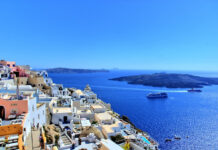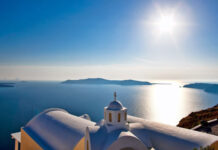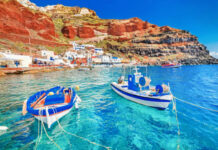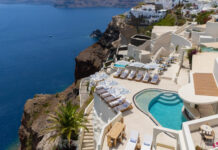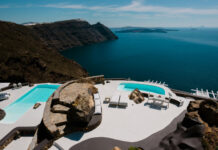Santorini is one of the most iconic islands in the world, renowned for its stunning caldera views, whitewashed buildings, and breathtaking sunsets. Yet, beneath this idyllic beauty lies a powerful volcanic story that has shaped the island’s landscape, culture, and even its place in history. Understanding Santorini’s volcanic past not only enriches your travel experience but also reveals the fascinating forces that crafted this unique corner of the Aegean Sea. Here are five essential things you should know about Santorini’s volcanic history.
1. Santorini is the Remnant of a Massive Volcanic Caldera
Santorini as it appears today is actually the remnant of a volcanic caldera—a large crater formed after a volcanic eruption causes the land to collapse. Approximately 3,600 years ago, the island underwent one of the largest volcanic eruptions in recorded history, known as the Minoan eruption. This cataclysmic event caused the central part of the island to collapse into the sea, creating the dramatic horseshoe-shaped caldera that defines Santorini’s geography. The explosion was so powerful that it affected the entire Mediterranean region and likely contributed to the decline of the Minoan civilization on nearby Crete. The caldera’s cliffs, rising steeply out of the sea, now provide breathtaking views and have become a signature feature of Santorini’s landscape.
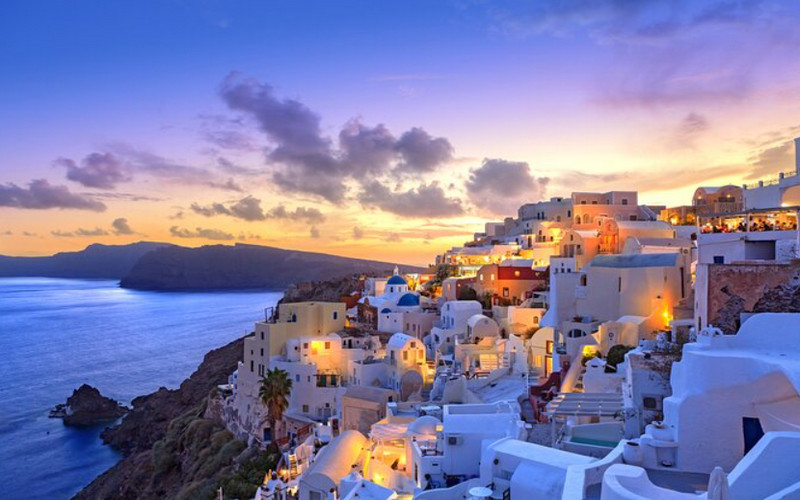
2. The Minoan Eruption Altered the Course of History
The Minoan eruption is not just a geological event; it also holds immense archaeological and historical significance. The eruption buried the ancient settlement of Akrotiri under layers of volcanic ash, preserving it in remarkable condition. Often called the “Pompeii of the Aegean,” Akrotiri reveals a sophisticated Bronze Age society with advanced urban planning, multi-story buildings, and vibrant frescoes. The ash helped protect these artifacts for millennia, offering invaluable insights into early Aegean life. Many scholars believe that the eruption’s aftermath—such as tsunamis, climate changes, and food shortages—may have played a part in weakening the Minoan civilization, which was a dominant maritime power at the time. This connection between volcanic activity and historical change underscores the powerful influence of nature on human affairs.
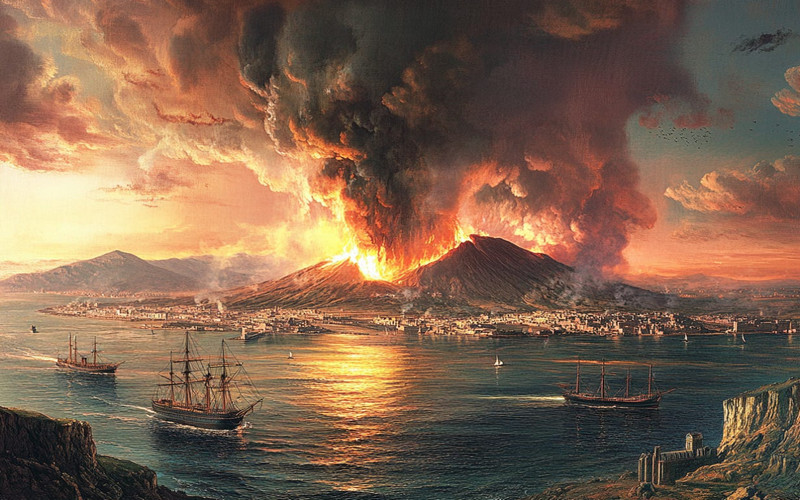
3. Santorini’s Volcanic Activity is Still Alive Today
Although the dramatic eruption happened thousands of years ago, Santorini remains volcanically active. The island’s volcano is part of a complex underwater system that includes several volcanic centers and hot springs. The last minor eruption occurred in 1950 on the nearby volcanic islet of Nea Kameni, located in the middle of the caldera. Today, visitors can take boat tours to Nea Kameni and hike to its crater, witnessing steam vents and fumaroles that serve as visible signs of ongoing geothermal activity. This continuous volcanic presence not only shapes the island’s geology but also provides natural hot springs and mineral-rich soils that contribute to the local agriculture and unique wine varieties.
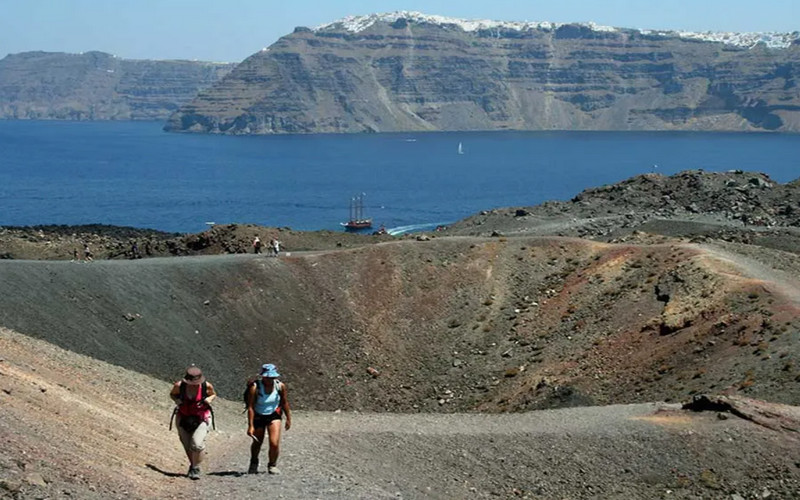
4. The Volcanic Soil Gives Santorini Its Unique Agricultural Character
Santorini’s volcanic history doesn’t just affect its dramatic landscape; it also influences the island’s agriculture. The volcanic ash and lava rocks create nutrient-rich, porous soil that retains moisture despite Santorini’s dry climate. This has allowed farmers to cultivate distinctive crops, especially grapevines. Santorini is famous for producing Assyrtiko, a white grape variety that thrives in these volcanic soils and produces crisp, mineral-driven wines. The island’s traditional vine-growing method, called “kouloura,” involves weaving vines into basket shapes close to the ground to protect them from strong winds and conserve water. This agricultural practice, combined with the volcanic terroir, creates wines unlike any other in the world. Visitors often enjoy wine tours and tastings that celebrate the island’s volcanic heritage and its impact on viticulture.
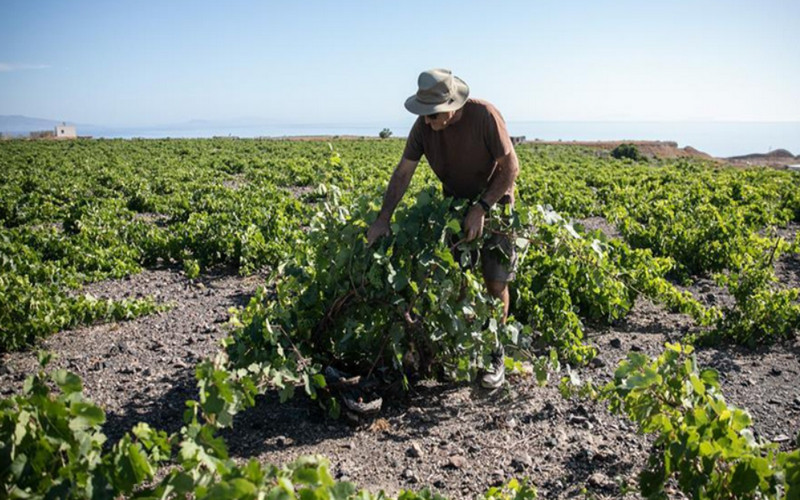
5. Santorini’s Volcanic Past Continues to Shape Local Culture and Tourism
The island’s volcanic story permeates its culture, folklore, and tourism industry. Local legends often speak of the volcano’s power and mystery, while festivals and traditions reflect respect for the island’s natural forces. Tourists flock to Santorini not only for its beauty but also for the chance to experience the volcano itself—whether through hiking, boat tours, or exploring volcanic beaches like the Red Beach and Black Beach, named for their colorful volcanic sands. The volcanic landscape offers unique opportunities for adventure and education, making Santorini a destination that appeals to nature lovers, history buffs, and thrill seekers alike. Moreover, the island’s volcanic activity has led to geothermal spas and wellness centers, where visitors can soak in mineral-rich waters believed to have healing properties.

Santorini’s volcanic history is a compelling narrative of destruction, renewal, and resilience. The island’s caldera, ancient ruins, active volcano, fertile soils, and vibrant culture all tell stories born from volcanic fire and ash. Understanding these five key aspects enhances appreciation for Santorini beyond its postcard-perfect views. This dynamic volcanic legacy shapes the island’s identity, inviting visitors to explore not only its stunning vistas but also the powerful natural forces that created and continue to influence this remarkable Greek island. Whether you’re hiking across volcanic terrain, sipping volcanic wines, or wandering through ancient ruins, you are walking through the living history of an island forged by fire.
